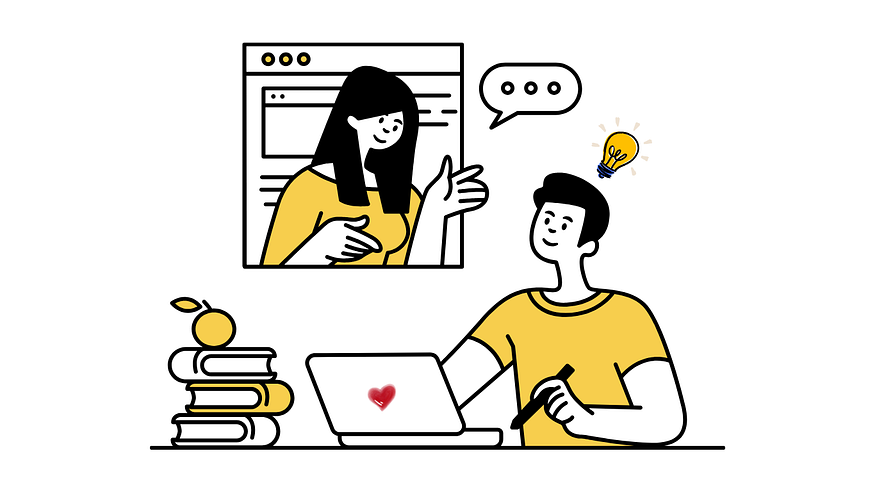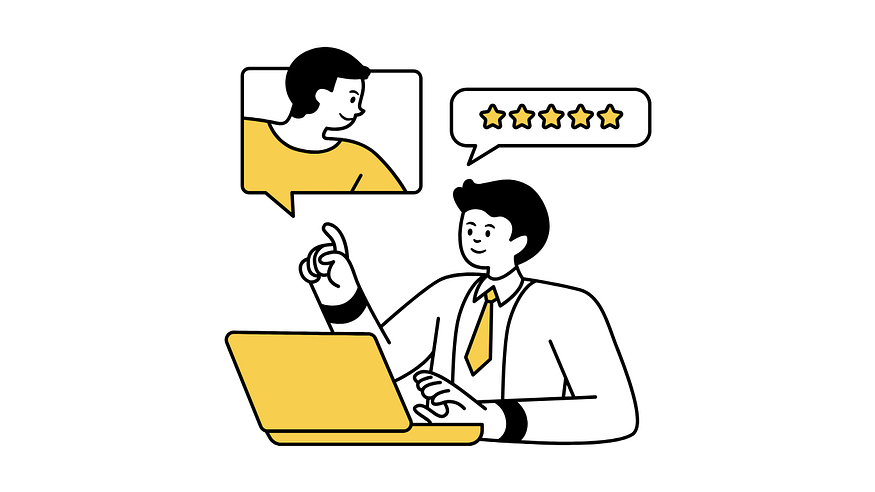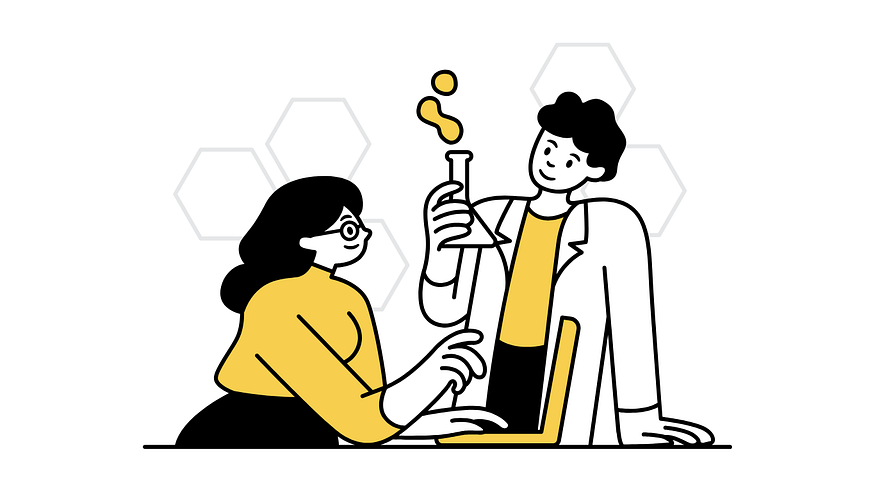Clicks, Views, and Shares: Digital Acts of Kindness
 |
| The world can seem like a bad place when viewed through the viral lens — but it doesn’t have to be. |
If you’ve been online lately, you’ve probably noticed how many distressing events are happening — rising inflation, domestic terrorism, wars, and even natural disasters.
To most adults, these issues have become part of daily life. We’ve grown desensitized to negativity, simply taking it in stride. But what worries me more are the young people — minors who feel lost and unsure of the kind of world being built for them.
This article explores how even unemployed students, minors, and members of younger generations can help make the world a better place by practicing kindness online using just their phones.
Why It Matters
Helping others is part of human nature. It satisfies our desire to feel purposeful in a world full of disasters and man-made crises — and it’s easier to do than ever before.
Most of us have grown up with phones in our hands. Every day, companies and creators release ads, videos, and posts that earn real-world income through interactions — likes, views, comments, and shares.
These simple actions drive traffic, attention, and earnings that help creators and organizations stay visible and sustain their causes. When you’re aware of this, you can make better decisions about what (and who) you support.
Awareness of how algorithms work is key to behaving responsibly online. If you find something worth supporting, interact with it. Don’t hesitate to share, react, or comment. In this vast digital space, you can deliver quality content that matters — even without being a content creator yourself.
How Algorithms Shape What We See (and Why Awareness Matters)
An algorithm is a data-driven system that tracks a user’s online activity—what they like, watch, share, and even search for. Companies use this data to push ads and posts tailored to your behavior, keeping your attention for as long as possible.
For example, imagine you’ve been feeling lonely lately. You come across a sad quote, react to it, comment “me rn,” and share it with a melancholic song on your Stories. You also type “how to be happy all alone” in your search bar. Within hours, your feed will likely fill with more sad quotes, emotional songs, movies about heartbreak, and articles about loneliness.
This is how the algorithm works—it mirrors your emotions and interests to keep you scrolling. Platforms like Meta use this feedback loop to hold your attention and serve you ads that match your mood.
It’s also why people who support certain groups tend to see the same kinds of posts or opinions. Their feeds become echo chambers rather than balanced spaces for dialogue. This is linked to confirmation bias, the psychological tendency to believe something is true simply because it appears frequently in our personal bubble—even if it’s not accurate.
It’s not just “we are what we browse,” but rather, “we are what they think we’ll stay for.” Our feeds often reflect not who we are but how companies profit from our emotions.
Understanding how algorithms work gives us back a bit of control. It helps us intentionally shape our online environment into something kinder, smarter, and more human.
Who Can Do It
Anyone can show support — whether you’re unemployed, a student, or simply someone who wants to help. It can be as easy as scrolling and clicking a few buttons.
If you like a certain artist, stream their songs even on a free account. If you’re a fan of an idol group, share their music with friends and maybe convert them into casual listeners. If there’s a charity or program close to your heart, post it on your socials.
You don’t need a large platform to make an impact. Interaction itself is powerful. And if you’re not comfortable crowding your feed, share it on your Stories — it only lasts 24 hours.
How to Do It Right
 |
| Thoughtful reviews build better businesses. Share your experiences — not to tear down, but to help brands grow and serve people better. |
1. Support real sources.
When donating or sharing campaigns, always interact with the original post instead of a reupload or a screenshot. This ensures that engagement — likes, shares, and comments — goes directly to the official account or the person who started the cause. Many social media platforms use these metrics to boost visibility, meaning your simple click can help the post reach more people.
The same principle applies to artists, writers, and content creators. Sharing their original links or videos instead of reposted copies helps them gain proper credit and potential income from their work. Supporting the source is a small but powerful way of showing respect for their effort and authenticity.
2. Verify before you share.
In the age of fast information, it’s easy to hit “share” without checking the facts — but this can do more harm than good. For advocacy-related posts like breast cancer awareness, environmental campaigns, or the PRIDE movement, always take a few seconds to verify the source. Look for official websites, verified pages, or trusted organizations behind the information.
Sharing unverified posts can unintentionally spread misinformation or lead people to fake donation links. It’s not just about being careful — it’s about being responsible with the influence you have online. Remember, accuracy is also a form of activism. Every verified post you share helps protect the integrity of the cause and ensures support goes where it truly matters.
3. Promote ethically and honestly.
Only endorse products or brands you’ve personally used and trust. Authentic support builds credibility and genuine engagement.
Additionally, if you’ve had a good experience with a business or establishment, consider leaving a positive review on Google so others can enjoy it too. The same goes for businesses that offer poor service — reviews hold brands accountable and encourage them to live up to their promises.
I’ve done this a few times myself, and while it can be uncomfortable to post negative feedback, it’s part of creating a more honest online community. Just make sure to write your review constructively rather than out of anger. My advice: don’t post when you’re upset. Wait until you’ve cooled down so you can express your thoughts clearly and fairly.
On the other hand, post your positive reviews right away — it helps good businesses grow and encourages better practices overall.
4. Engage with civic and community projects.
Follow or interact with NGOs (Non-Government Organizations), LGUs (Local Government Units), or small local initiatives — especially during climate disasters, local events, or small-business promotions.
It’s not difficult to support causes that matter. The real challenge is distinguishing fact from fiction in an era of AI-generated content. Take time to curate your feed — it’s worth it when you start clearing out negativity and replacing it with purposeful content.
We can’t deny that doom and gloom sell — but what we can control is what we choose to see and support every day.
Why Doom and Gloom Go Viral (and the Psychology Behind It)
Negative headlines tend to spread faster than positive ones. That’s why good news rarely dominates our feeds—doom and gloom sell. The same goes for sensational content like sex, outrage, or controversy. Even attractive faces can hold our attention long enough to make advertisers money.
Humans are wired to notice threats and problems. This survival mechanism makes us naturally drawn to content that shocks or provokes. And in the age of social media, attention equals profit. As the saying goes, “negative or positive, popularity is still popularity.” More engagement means more money for platforms.
But while doom and gloom may sell, hope sustains. The more we interact with stories that heal, teach, or inspire, the more we train the algorithm to reflect that energy back to us.
- If you don’t want your data feeding negativity, start small:
- Engage with uplifting posts.
- Follow creators who share genuine joy and meaningful work.
- Fill your feed with images that make you feel good—pets, food, travel, or causes you care about.
You can’t always control what trends, but you can control what you nurture in your own digital space.
Types of Causes Worth Supporting

Here are a few types of causes you can support and some relevant examples I can think of:
- Environment — Support local, national, and international reforestation, cleanup, and sustainability organizations such as MrBeast’s Team Trees, Greenpeace, or Greta Thunberg’s Fridays for Future movement.
- Health and Science — Join or share blood and plasma donation drives, sign up as an organ donor, or share credible information from institutions like National Geographic and the World Health Organization.
- Education — Support local scholarship programs and literacy initiatives. In the Philippines, explore options from DOST or CHED, or even international scholarships from countries like Germany, Singapore, Korea, and Japan.
- Community and Charity — Promote local orphanages, donation drives, or volunteer events by sharing their stories online to boost their reach.
- National and Cultural — Support heritage conservation and small local businesses offering niche products or traditional crafts. Your online support can help them grow and sustain themselves.
You don't need to join them to support their goals. Simply being with them and cheering them online is more than enough.
1. What online platforms are most effective for spreading digital kindness?
2. How can individuals measure the impact of their digital kindness?
3. What resources can help people get started?
4. Who should read this article?
Anyone who feels like hope is running out. I used to feel that way too — but I learned that writing and sharing what I care about gives me purpose.
A Ripple of Good
Anyone can make a difference — you don’t need to be an adult or an influencer to start helping. If you have a phone, internet access, and a heart that wants to do good, here’s your sign.
Do your research. Get to know movements that align with your values. Scroll with purpose.
Be kind online and offline — and let your small clicks create waves of positive change.
If this piece resonated with you, share it with someone who needs a reminder that kindness doesn’t always require grand gestures — sometimes, it’s just a click away.




Comments
Post a Comment